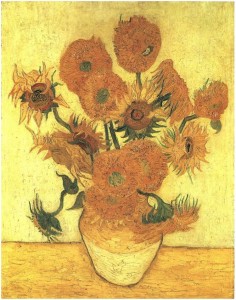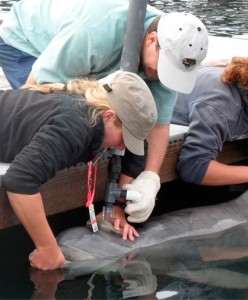
By examining paint segments from Van Gogh’s “Sunflowers,” experts believe preservation techniques could be improved.
Credit: Van Gogh Gallery
Electrochemical and solid state science transcend the limits of academic science to touch many of the things we come into contact with on a day-to-day basis, whether we know it or not. Most recently we’ve gotten a first-hand account of this at our Electrochemical Energy and Water Summit, where some of the brightest minds in electrochemical and solid state science came together to solve critical issues in global sanitation. Now, these sciences are even assisting in the preservation of culture.
Pin-sized painting samples from Vincent van Gogh’s “Sunflowers” painting have been extracted from the Van Gogh Museum and are now under the microscope at The University of Queensland’s Centre for Microscopy and Microanalysis (CMM).
UQ’s Professor John Drennan is leading the project, which aims to understand the aging characteristics of significant artworks in order to improve conservation techniques.


